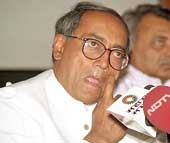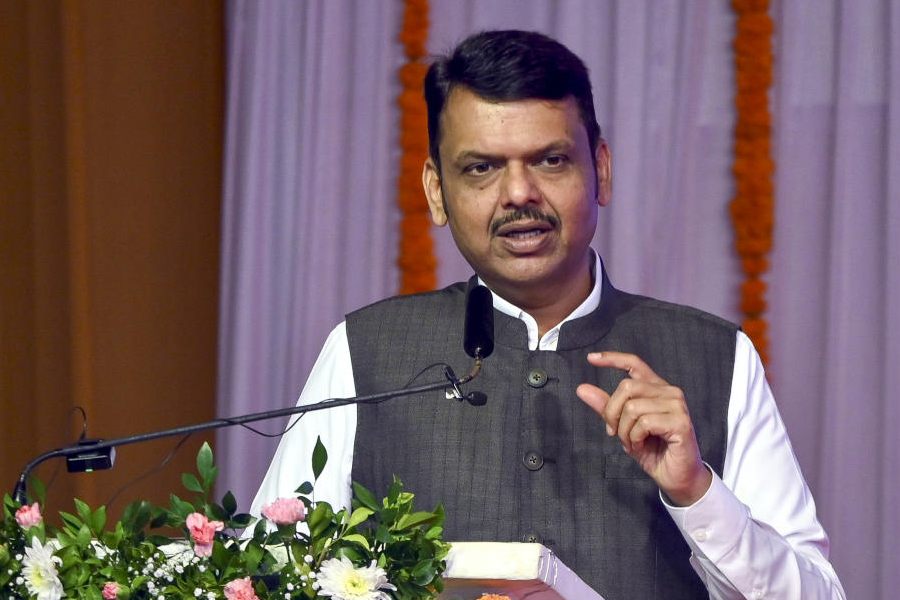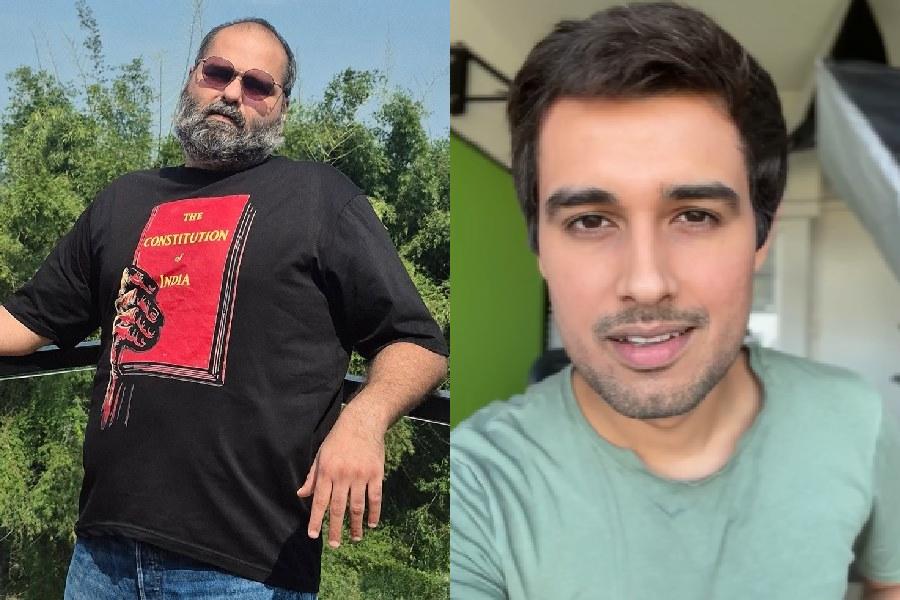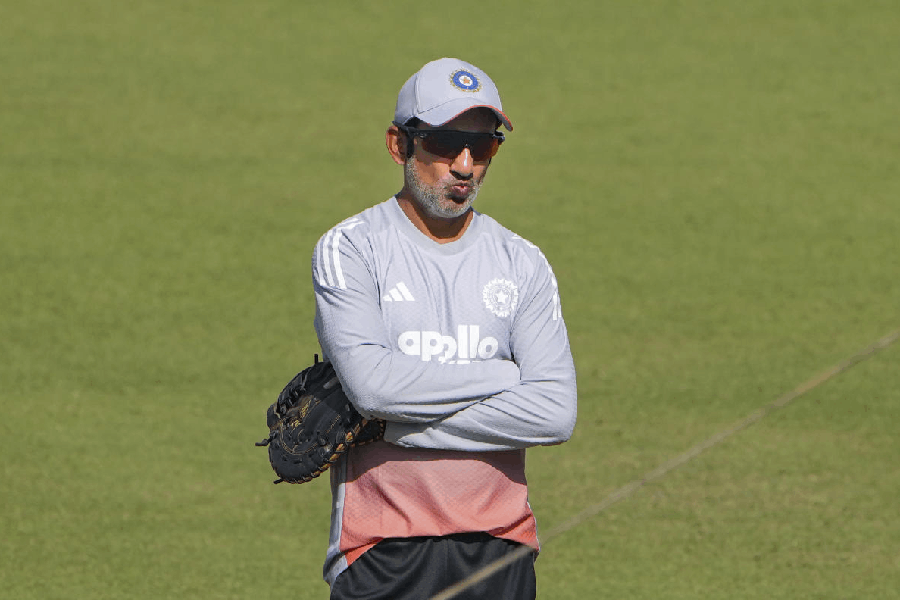|
|
On July 18, 1862, Kadambini (photograph) was born to the wife of Braja Kishore Basu, headmaster of a school in Bhagalpur in Bihar. The family was a part of the migratory chain from East Bengal (present-day Bangladesh). The migrants came to Calcutta and the towns near it to seek their fortunes. Braja Kishore was committed to women’s emancipation and set up one of the earliest women’s organizations in the country in Bhagalpur. He was also an active member of the reformist Brahmo Samaj and in 1876, his associates were able to persuade him to send Kadambini — a mere fourteen-year-old — to Calcutta, to the progressive Hindu Mahila Vidyalaya, the closest approximation to a girls’ boarding school. Girls were taught all subjects, contrary to the prevailing view that science and mathematics might overload their brains too much. The school adopted norms of Western social etiquette and students had to speak English during school hours, eat at table with crockery and cutlery and wear dresses. Music was taught, along with sewing and knitting, and girls took turns in being kitchen monitor and also learned to keep the school’s accounts. They were taken in carriages on excursions and picnics by enthusiastic teachers who subtly used recreation as a learning experience.
Here the students are seated with Annette Akroyd, who had collaborated with the Brahmos in the establishment of the school. A photographer was obviously called to the school to take this carefully arranged visual, and Kadambini is possibly the girl in the dress with an elaborate yoke and bodice sitting to the right of Annette. The older woman at the extreme left in a long dress with layered flounces and jabots is likely to be a teacher. Older girls are dressed in elaborate jamdani saris for the occasion while the younger ones are in dresses.
Brahmos, including Dwarakanath Ganguly, were the founders of this unique school and continued to be very active in the running of the institution. Dissatisfied with existing textbooks for mathematics, geography and health science, Dwarakanath wrote alternative texts for his students. Aware that access to a progressive curriculum and considerable intellectual and physical freedom within the school may cause them to be accused of being anti-national, he composed a book of patriotic songs — the first of its kind — to be taught to the girls. This was in 1877, at a time when Rabindranath Tagore was a mere teenager, and Bankim Chandra Chatterjee had just about written ‘Vande Mataram’, a part of his novel Anandamath. Dwarakanath had already spotted Kadambini, and due to his efforts at lobbying, obtained permission for Sarala, daughter of Durga Mohan Das, and Kadambini to sit for the entrance examination to the University of Calcutta.
In 1882, Kadambini and Chandramukhi Basu, a Christian from Dehra Dun, became the first women graduates of the University of Calcutta (Sarala had dropped out). By this time, nursing and medicine had started looking to Indian girls as possible recruits. The continued existence of the tradition of purdah and a decline in popularity of births at home made it essential to train Indian women doctors. Kadambini wanted to take up the challenge and, after her graduation, decided to study medicine at the University of Calcutta. In those days, only a BA degree was adequate for admission to the course.
Despite an official commitment to expand medical education among women, the authorities granted her a place grudgingly. It was a momentous year for Kadambini as, on June 12, 1883, shortly after entering the Calcutta Medical College, she married Dwarakanath Ganguly, by now a 39-year-old widower with six grown-up children. The marriage caused quite a stir even among the reformist Brahmo Samaj: not only had the couple made up their own minds, but the 21-year-old would now have to adjust to a household of motherless children — the oldest of whom was not much younger than she was — and combine housewifery with a difficult academic programme. Not an easy task, made more difficult by a lack of support from Dwarakanath’s close friends and associates. It is not known how Kadambini’s family reacted — but we can assume that they did not actively disapprove, as this would surely have been reported in the press — no doubt with some glee.
By all accounts, the marriage was an extremely successful one, and Dwarakanath fully supported Kadambini’s further education and professional career. In 1886, she became the first Indian woman doctor of the British Indian Empire. In the same year, Anandibai Joshi also obtained her medical degree in faraway Philadelphia. In 1885, the Dufferin Fund (later known as the National Association for Supplying Female Medical Aid to the Women of India) had been set up; Kadambini was quick to take advantage of the facilities being made available and, in 1888, was appointed a doctor at the Lady Dufferin Medical College on a monthly salary of Rs 300.
A flourishing practice meant a variety of patients, including women from the Nepalese royal family; the Queen Mother loaded her with gifts, which included a pony. In no time, pony rides became popular with her two young children and step-grandchildren to whom Kadambini was a remote and busy figure, different from all the other women they knew. Her clinic-cum-study held many mysteries for them, including a human skeleton. As Kadambini commuted between patients in a horse-drawn carriage, she occupied herself with the ubiquitous feminine occupation of the times — making fine lace, for which she was also reputed. It is likely that nearly all her patients were women and delivering babies in hospital her major preoccupation; in those days, large families were common — and the death of at least one infant or baby was not unusual.
Shortly after the establishment of the Indian National Congress in 1885, Dwarakanath Ganguly started agitating for women’s representation at the annual sessions, and the 1889 Bombay session had a delegation of six women including Kadambini. The following year, at the Congress session in Calcutta, she delivered the vote of thanks in English, becoming the first Indian woman to speak on such occasions. Kadambini was hailed by Annie Besant as “a symbol that India’s freedom would uplift India’s womanhood”.
Upset with her success and visibility, a conservative section of Hindu society launched a slander campaign against her, and though she combined her roles of a doctor and a good wife and responsible mother very successfully, orthodox men viewed Kadambini’s career with deep misgivings. In 1891, Bangabasi, a journal of the traditionalists, accused Kadambini of being wanton and wayward. Dwarakanath and other eminent Brahmos committed to women’s emancipation — the latter appear to have overcome their objection to the marriage — launched a counter-offensive in the columns of a Brahmo publication, the Indian Messenger. Articles strongly criticized those who felt that the “maintenance of female virtue is incompatible with their social liberty”. Dwarakanath was vindicated when the editor of Bangabasi, Mohesh Chandra Pal, was fined Rs 100 and sentenced to six months imprisonment.
At a time when women of her own class had barely started coming out in mixed company, riding on the crest of success and public acceptance, Kadambini went to the United Kingdom in 1892 to study and was awarded the LRCP (Edinburgh), LRCS (Glasgow) and DFPS (Dublin). Her sojourn abroad further marked Kadambini out as an exceptional woman, intelligent, tenacious and self-confident. During a long widowhood (Dwarakanath had died on June 27, 1898 at the age of fifty four), Kadambini continued to combine wider community and political activities with a highly successful medical practice.
Dwarakanath was no longer there to applaud her; nor did she any longer have a confidant to replace the man who had come a long way from his village home in Magurkhanda. Many other men had actively marked a break with their earlier lives — but few had had the courage to reinvent themselves not only as reformers but also as exemplars of a new conjugality based on the principle of free choice, love and partnership.












